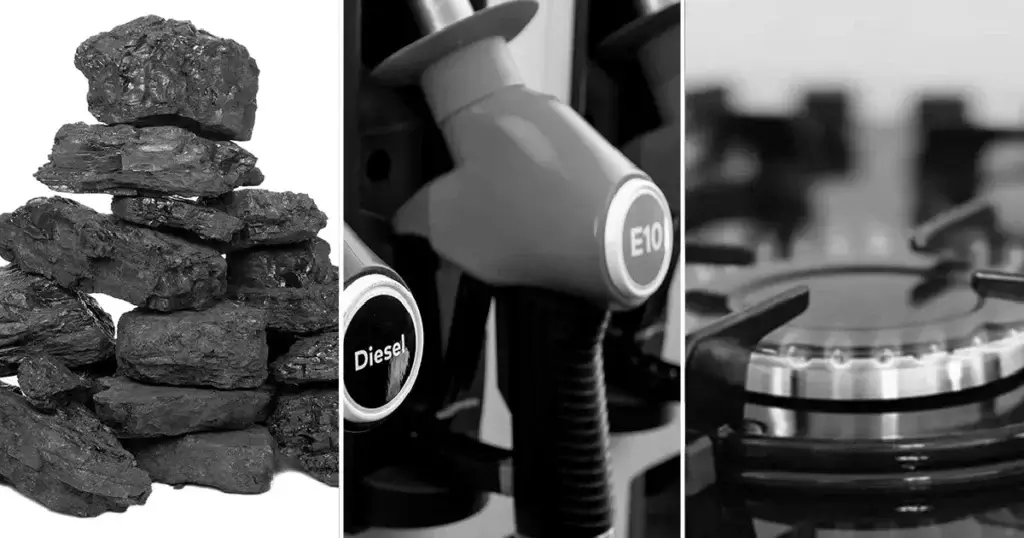So, “What are the 3 types of fuel and their uses? They are solid, liquid, and gaseous fuels. Let’s understand them. Fuels are materials that produce energy when burned or go through other chemical changes. They are crucial for things like transportation, electricity generation, and running factories.
In May 2024, global use of liquid fuels hit 102.04 million barrels per day, and this amount is likely to keep rising through the end of the year. This calls for an urgent need to cut emissions, and costs and conserve resources. But only by knowing about different fuel types you can take these actions. While there are many types, 3 are the most commonly used.
TABLE OF CONTENTS
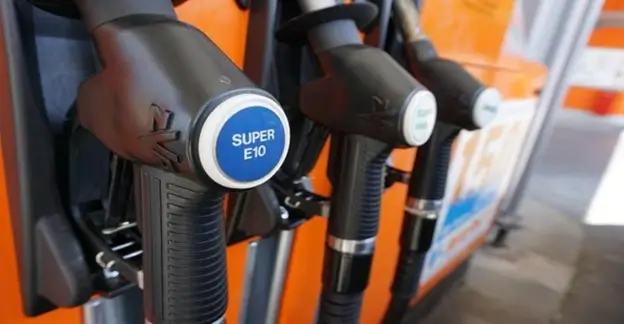
Solid Fuels
Solid fuels are materials that are solid and can be burned to create energy. They mainly contain carbon, hydrogen, and oxygen, with small amounts of sulfur and nitrogen. Their energy is measured by how much heat they release when burned.
Moreover, these fuels stay solid at room temperature and need certain conditions to burn properly. After burning, solid fuels leave behind ash, which can affect how efficiently they burn and the emissions they produce.
Examples of Solid Fuels
- Coal – A fossil fuel from ancient plant remains, with types like anthracite and lignite differing in carbon content and energy.
- Wood – A renewable resource from trees, varies in energy based on its type and moisture.
- Charcoal – Made by heating wood to remove moisture, has more energy and burns cleaner.
- Biomass – Includes organic materials like crop residues and can be a renewable fuel if managed properly.
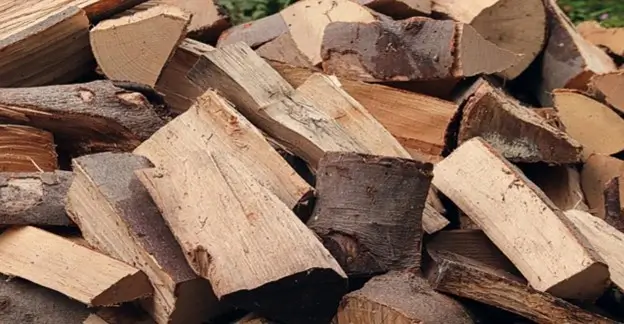
Advantages and Disadvantages of Solid Fuels
Advantages:
- Many solid fuels like wood and biomass are easy to find and can be sourced locally.
- Fuels like coal have high energy content, making them effective for large-scale use.
- In some rural and remote areas, solid fuels can be cheaper than liquid or gas fuels.
- Solid fuels are easy to store and use with simple combustion systems.
Disadvantages:
- Burning solid fuels can release pollutants and greenhouse gases, harming air quality and contributing to climate change.
- Solid fuels usually burn less efficiently than gases, leading to more emissions for the same amount of energy.
- They need more storage space and can be harder to handle than liquids or gases.
- Burning solid fuels produces ash, which creates extra waste management issues.
Primary Uses of Solid Fuels
Solid fuels like coal and biomass are used in power plants to generate electricity, with coal burned directly and biomass used in combustion or gasification. For heating, solid fuels like wood are commonly used in stoves, fireplaces, and pellet boilers.
Especially, in many developing areas, wood and charcoal are used for cooking on traditional stoves and open fires. Moreover, solid fuels are crucial in industries such as steel and cement manufacturing, where they provide energy for high-temperature processes and serve as reducing agents.
Liquid Fuels
Liquid fuels are hydrocarbon-based and stay liquid at room temperature. They are highly flammable, making them easy to burn for energy. Furthermore, they have a high energy content per volume, which makes them efficient to store and transport. Their thickness, or viscosity, can vary, affecting how they flow and burn. Many liquid fuels also evaporate quickly, which can impact how they are stored and handled.
Examples of Liquid Fuels
- Gasoline – A refined oil product used mainly in car engines. You’ll find there are 3 types of gasoline at the pump. These are Regular (lowest octane, usually 87), Midgrade (medium octane, around 89–90), and Premium (highest octane, usually 91–94).
- Diesel – A heavier oil product for diesel engines, valued for its efficiency and energy.
- Kerosene – Used as jet fuel and for heating and lighting.
- Biofuels – Renewable fuels from plants and animals, like biodiesel and ethanol, which can replace or add to traditional fuels.
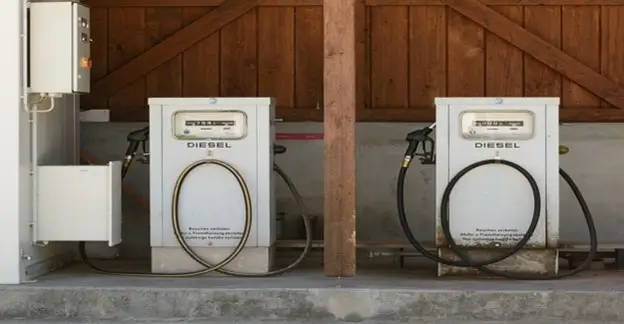
Advantages and Disadvantages of Liquid Fuels
Advantages:
- Liquid fuels pack a lot of energy into a small space, making them great for transportation.
- They are easily moved in bulk by pipelines, tankers, and trucks.
- There is a well-developed system for refining, distributing, and using liquid fuels, making them widely available.
Disadvantages:
- Burning liquid fuels releases greenhouse gases and pollutants, which harm climate and air quality.
- Many liquid fuels come from limited fossil fuel reserves, thus, raising sustainability concerns.
- Prices for liquid fuels can vary widely due to geopolitical events, market demand, and supply issues.
Primary Uses of Liquid Fuels
Liquid fuels power most cars, trucks, ships, and airplanes worldwide. There are further types of these fuels commonly used in vehicles. So, what are the 3 types of fuel for cars? They are gasoline, diesel, and biofuels. They are used in industries for manufacturing and power generation as well as for heating homes and offices, especially where natural gas isn’t available.
But don’t worry though, if your business is an isolated area. Fuel Logic provides 24/7 fuel delivery with no contracts.
We also manage fleet services, delivering fuel directly to your location so you can refuel on your own schedule and reduce downtime.
Gaseous Fuels
Gaseous fuels are in vapor form at room temperature and pressure, making them lighter than liquids and solids. They are highly flammable and their energy content varies based on their composition and is measured by calorific value. Gaseous fuels can be transported through pipelines or in pressurized containers, which makes them versatile.
Examples of Gaseous Fuels
- Natural Gas – Mainly methane, used widely for heating, cooking, and generating electricity.
- Propane – A byproduct of natural gas and petroleum refining, used for heating, cooking, and vehicle fuel.
- Butane – Used in lighters and portable stoves, and can be mixed with propane for cold weather use.
- Hydrogen – A clean fuel used in fuel cells and as a potential alternative to fossil fuels.

Advantages and Disadvantages of Gaseous Fuels
Advantages:
- Gaseous fuels create fewer pollutants and greenhouse gases, making them more eco-friendly.
- They usually burn more efficiently, producing more energy per unit of fuel.
- They can be moved through pipelines and stored in pressurized tanks, making them easy to distribute and use.
Disadvantages:
- Access to gaseous fuels relies on pipelines and distribution networks, which may not be available in some areas.
- Gaseous fuels need high-pressure containers, which can be risky if not managed well.
- Gaseous fuels are highly flammable and can cause explosions if leaks happen or if not handled properly.
- Although cleaner than other fossil fuels, natural gas still emits methane, a strong greenhouse gas, during extraction and transport.
Primary Users of Gaseous Fuels
Natural gas and propane are commonly used in kitchens for their quick heating and ease of use. Natural gas is also used for home heating because it’s efficient and cost-effective. But these are not the only uses of natural gas nowadays. So, you may ask, “What is natural gas used for today?”
It can also generate electricity in power plants, either as a main power source or to meet peak demand. In addition, compressed natural gas (CNG) and propane are used in vehicles as cleaner, often cheaper alternatives to gasoline and diesel.
Comparison of 3 Types of Fuel
| Characteristic | Solid Fuels | Liquid Fuels | Gaseous Fuels |
| State | Solid at room temperature. | Liquid at room temperature. | Gaseous at room temperature. |
| Energy Density | Varies (coal has high energy, biomass lower). | High energy per unit volume (e.g., gasoline, diesel). | Varies (natural gas has high energy content). |
| Combustion | Requires specific conditions, and produces ash. | Burn cleaner than solid fuels but not gaseous, produces carbon dioxide, water vapor, and other emissions based on fuel and conditions. | Highly flammable, generally cleaner burning. |
| Transport | Transported through rails, trucks, barges, ships, and conveyor belts in mines, some solids like coal are transported through pipelines in slurry form. | Easy to transport via pipelines, tankers, and trucks. | Transported through pipelines or pressurized containers. |
| Storage | Requires large storage space, and more handling. | Stored in tanks, easier to manage. | Stored in pressurized containers, and requires safety precautions. |
| Common Uses | Electricity generation, heating, cooking, industrial processes | Transportation, heating, industrial processes | Cooking, heating, electricity generation, transportation |
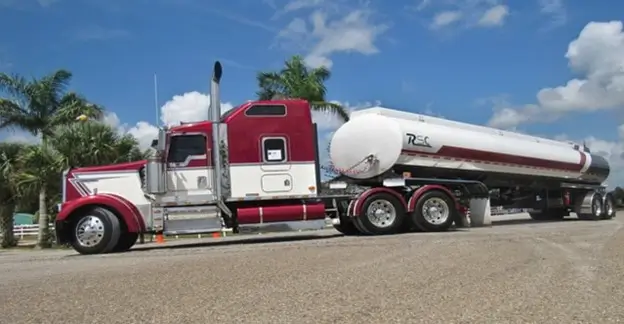
Factors Influencing the 3 Types of Fuel For Better Choice
1. Cost
Solid fuels like biomass and coal are usually cheaper but can vary by location, while liquid fuels are more expensive and influenced by market conditions. On the other hand, gaseous fuels, like natural gas, are competitively priced but rely on market conditions and infrastructure availability.
2. Availability
Solid fuels are often locally available but may be harder to access in cities. Whereas liquid fuels are widely available due to established infrastructure but can be harder to find in remote areas. Gaseous fuels depend on pipelines, with natural gas being common in many places and propane more accessible in rural areas.
3. Environmental Impact
Solid fuels, especially coal, produce higher emissions, contributing to air pollution and climate change. Liquid fuels are cleaner but still release greenhouse gases, with biofuels offering lower emissions. Whereas gaseous fuels, like hydrogen and natural gas, are the cleanest, though methane can be a concern, especially if it’s leaking.
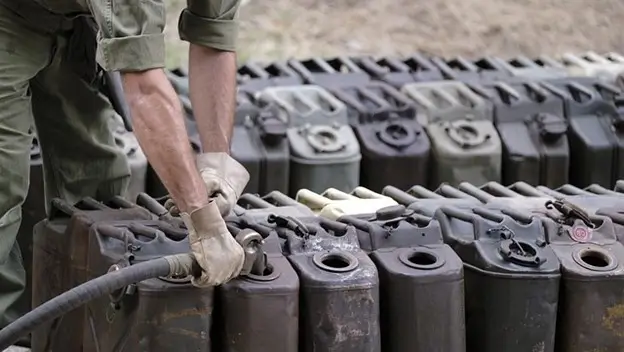
Key Takeaways
We’ve looked at 3 types of fuel such as solid, liquid, and gas, and how they’re used. Solid fuels like coal and wood are traditional but have emission issues. While liquid fuels such as gasoline and diesel are common for transport but pollute.
On the other hand, gaseous fuels like natural gas and hydrogen are cleaner but face infrastructure challenges. Renewable sources like solar, wind, and hydro are also gaining traction, along with alternatives like biofuels, hydrogen, and electric power, to reduce fossil fuel use and fight climate change.
But all in all, the best fuel choice depends on specific needs and conditions. By taking these factors and new technologies into account, businesses can make better fuel decisions and help create a more sustainable future.
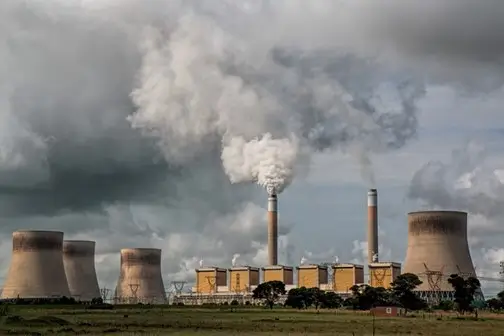
FAQs
1. Which fuel is better and why?
There’s no single “best gas to use or fuel” since it depends on factors like energy needs, cost, and environmental impact. However, gaseous fuels like natural gas or hydrogen are cleaner for the environment. On other hand, solid fuels like biomass are often more affordable in areas with limited infrastructure. For high energy content and easy transport, liquid fuels are ideal, especially for vehicles and remote locations.
2. Which fuel type is best?
There isn’t one perfect fuel type. The best choice depends on factors like availability, cost, energy needs, and environmental impact. For instance, natural gas is usually preferred for heating and power because it’s efficient and has lower emissions. Meanwhile, biofuels and hydrogen are becoming more popular for their renewable nature and potential to reduce environmental impact.
3. What are the major sources of fuel?
Major fuel sources include fossil fuels like coal, oil, and natural gas, which come from ancient organic matter. Other fuel sources contain renewable sources like biomass, solar, wind, hydro, and geothermal energy, and nuclear power that uses uranium in reactors to generate energy.
4. What are the fuel systems?
Fuel systems consist of parts that store, deliver, and use fuel. These include fuel tanks for storing liquid fuels, fuel pumps that transfer fuel to engines or burners, and fuel injectors or carburetors that mix fuel with air for combustion. Distribution networks, such as pipelines and tankers, are also part of fuel systems.
5. What are the types of fuel oil?
Types of fuel oil include No. 1, or kerosene, used for heating and cooking while No. 2 is commonly used in home heating and diesel engines. No. 4, is a combo of No. 2 and heavier oils for commercial heating, and No. 6, is a heavy oil used in industrial settings and power generation.
Find Out What Type of Fuel to Use and Contact Fuel Logic for Custom Fuel Delivery Solutions!
Choosing the right fuel type involves balancing cost, availability, and environmental impact. So, if you’re worried about picking the wrong one for your needs, Fuel Logic can help with custom fuel delivery solutions.
We provide top-quality diesel, gas, and DEF delivered directly to fleets, job sites, right fuel for generators, and more. From emergency refuels to regular monitoring, we make certain you never run out of fuel for your refrigerated trailers or other needs.
Contact Fuel Logic today for queries or call and order fuel delivery service for emergency refueling!

